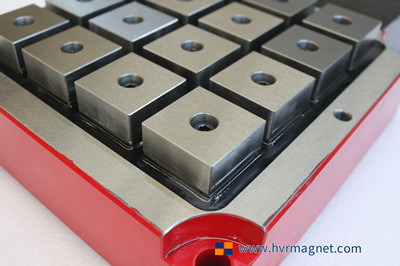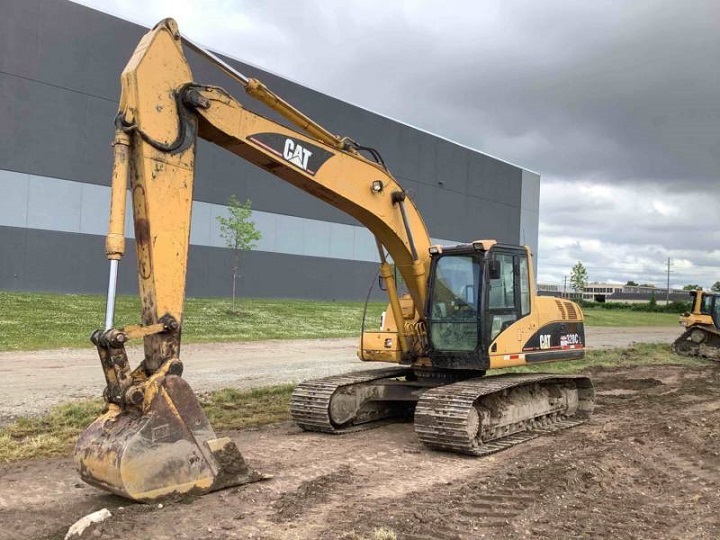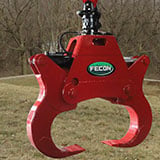Magnet for Excavator | When is a Magnetic Robot End Effector Recommanded?
Keywords: magnetic end effector, magnet for excavator, excavator magnet attachment
Magnetic end effector
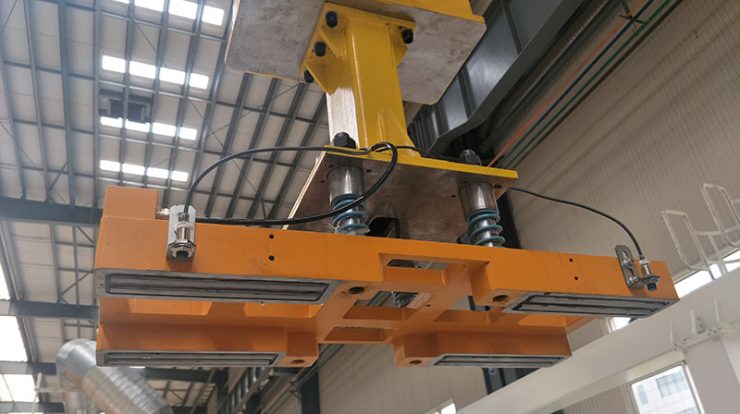
Magnetic robot end effector is used in conjunction with industrial robots to help automate factory production. But there are also mechanical and vacuum robot end effectors. When is a magnetic robot end effector more appropriate? The following example shows when magnetic robot end effector is recommanded.
The company in this case specialises in the production of architectural wall panels. They have implemented an automated production process in the production line for steel wall panels. However, the production efficiency and product quality were not satisfactory. This was because the robot end effector they were using to move the steel wall panels was a vacuum gripper. Of course, vacuum cups work well when the surface of the object is smooth and flat.
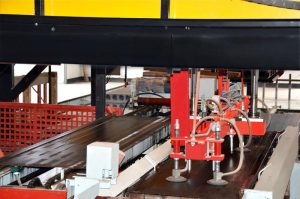
But obviously, these steel wall panels are not suit for vacuum robot end effector. There are sometimes contaminants such as cement left on the surface, which can easily wear out the vacuum cups. This results in reduced suction cup performance, unstable loading and unloading, and the need for frequent stoppages and maintenance. Vacuum cups also need to be replaced frequently. This not only adds to the hidden costs, but also reduces productivity. Only about 50 wall panels can be produced per day.
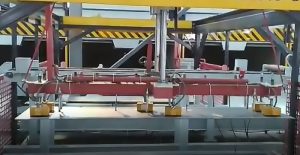
Hence, the company then approached HVR MAG for a customised magnetic robot end effector. We combined 6 all-steel electric permanent magnets to replace the vacuum gripper. The line is now capable of producing approximately 80-90 wall panels per day. Production efficiency has improved significantly. But the benefits of using our magnetic gripper don’t stop there.
Benefits of the magnetic robot end effector:
- Low energy consumption. The magnetic robot end effectoris made of electro-permanent magnets. The electrical current only acts as a switch for the magnetic field of the internal permanent magnet material. No electrical energy is required to maintain the magnetism once magnetisation is complete. Therefore, there is no significant increase in energy consumption compared to the use of vacuum gripper.
- Safety. As mentioned above, vacuum cups are susceptible to wear and tear, which makes them prone to failure during operation. Magnetic robot end effectorof HVR MAG has a magnetic force of up to 16 kg per square centimetre, but do not require a large surface area as long as there is sufficient contact with the magnetic material.
- Low maintenance cost. The all-steel electro-permanent magnetic surface is wear-resistant and waterproof. There are no moving parts inside. So there are basically no parts to repair or replace.
People also ask
What is the best magnet for excavator?
Excavator magnet attachment
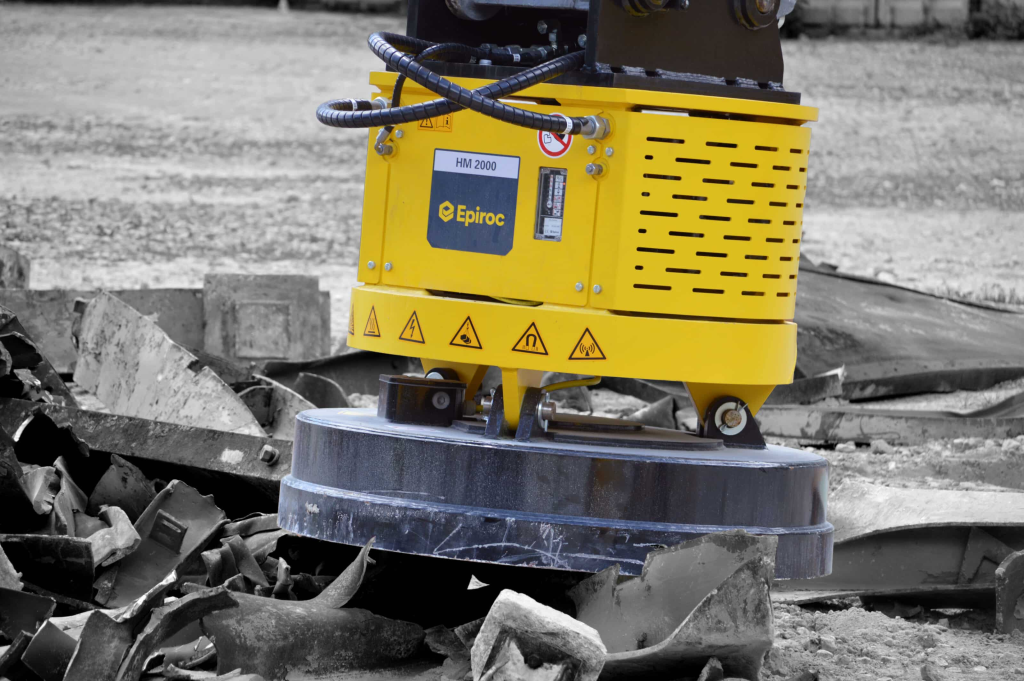
The best magnet for an excavator depends on the specific application and requirements. Electromagnetic lifting magnets and permanent lifting magnets are commonly used for excavator applications. Electromagnetic lifting magnets offer the advantage of being able to be turned on and off, providing control over the magnetic force. They are suitable for handling scrap metal, debris, and other magnetic materials. Permanent lifting magnets, on the other hand, offer a constant magnetic force and do not require an electrical power source. They are often used for lifting and moving ferrous materials. The choice ultimately depends on factors such as the type of materials being handled, lifting capacity, and operational needs. Consulting with magnet suppliers or manufacturers can help determine the best magnet for a specific excavator application.


